After visiting Antarctica more than a decade ago, I became somewhat obsessed with the continent: its beauty, its wildlife, its melting ice, and particularly its penguins. I was also fascinated with its human history, which was male-dominated until nearly the middle of the twentieth century. The first woman to set foot on the continent didn't do so until 1935, and it wasn't until 1969 that women began working alongside men on the continent. Today, hundreds of women work at the research stations in Antarctica.
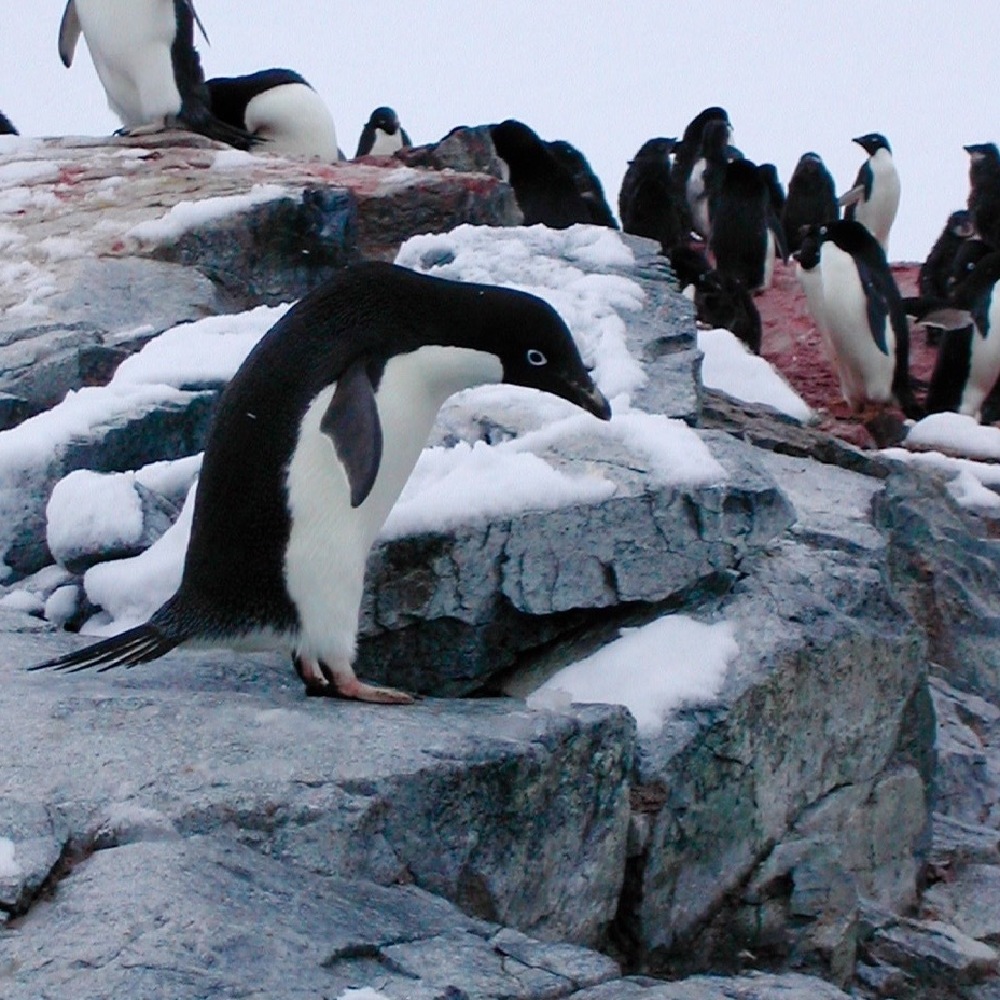
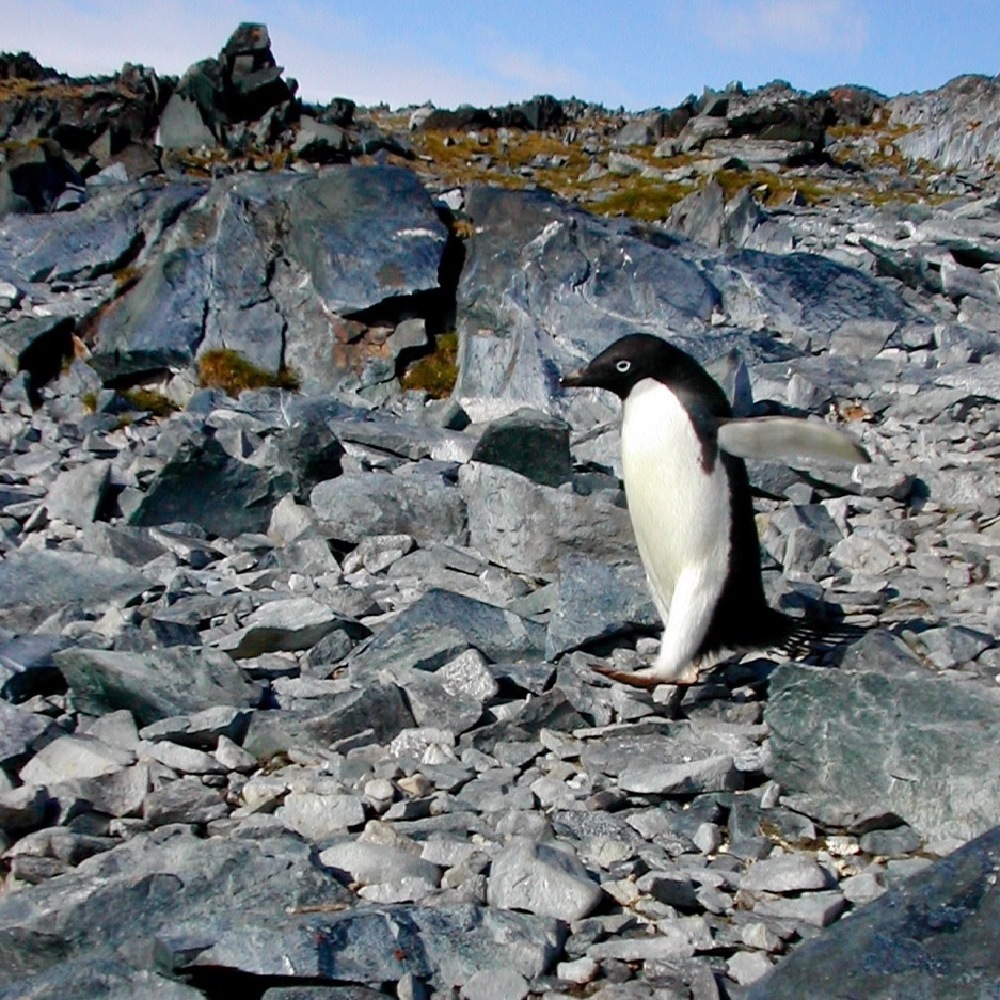
Adélie penguin
Yet females are still a minority in Antarctica, and in My Last Continent, I enjoyed creating the character of Deb, who is so immersed in her work there that she can't help but view her life through the frosty lens of Antarctica and its creatures. As I researched penguins in order to fully inhabit the character of Deb, among the many things I discovered is how much these creatures have to teach us.
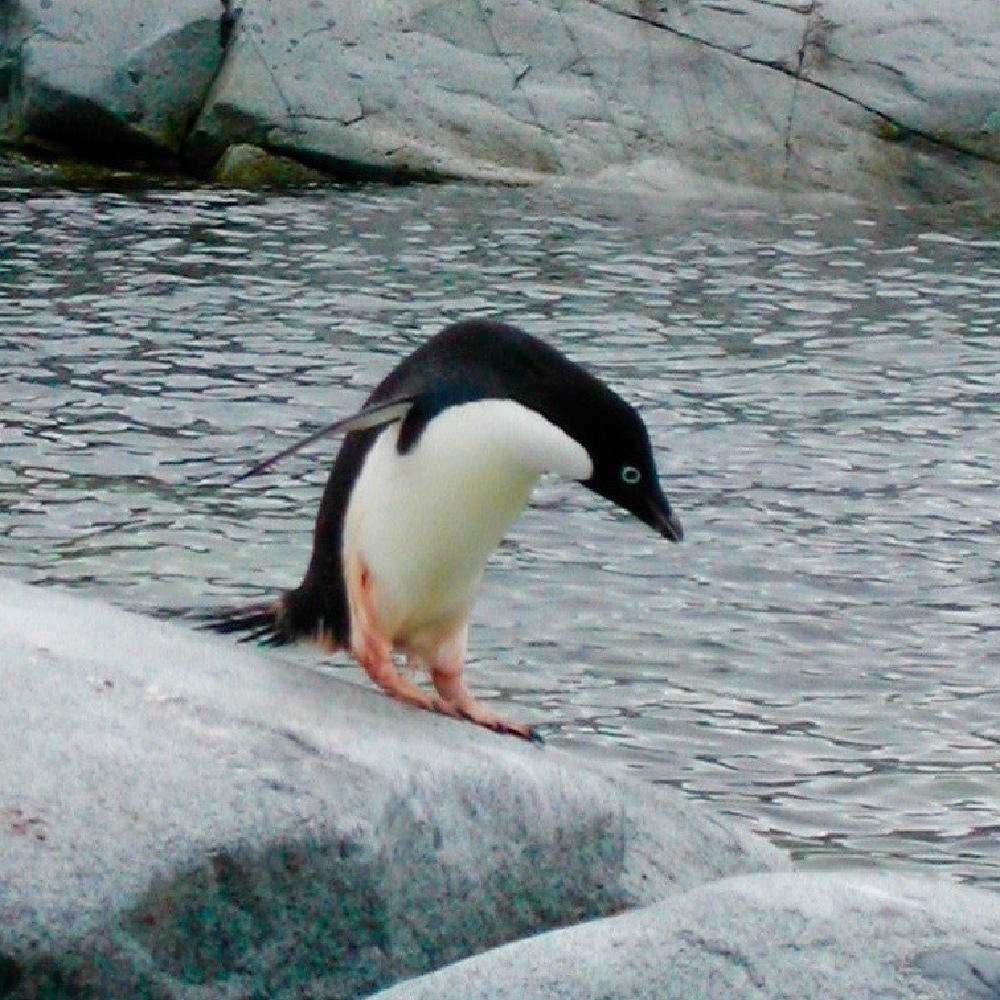
Take the Adélies, for example - medium-sized penguins who breed on the bare rocky shores of the islands of the Antarctic peninsula. These birds have a classic penguin look, all black and white with a tiny white ring surrounding their eyes - and they are inspiring to watch as they navigate the sea, the land, and the warming climate. There are so many things about these birds to love and to learn from; here are my top three.
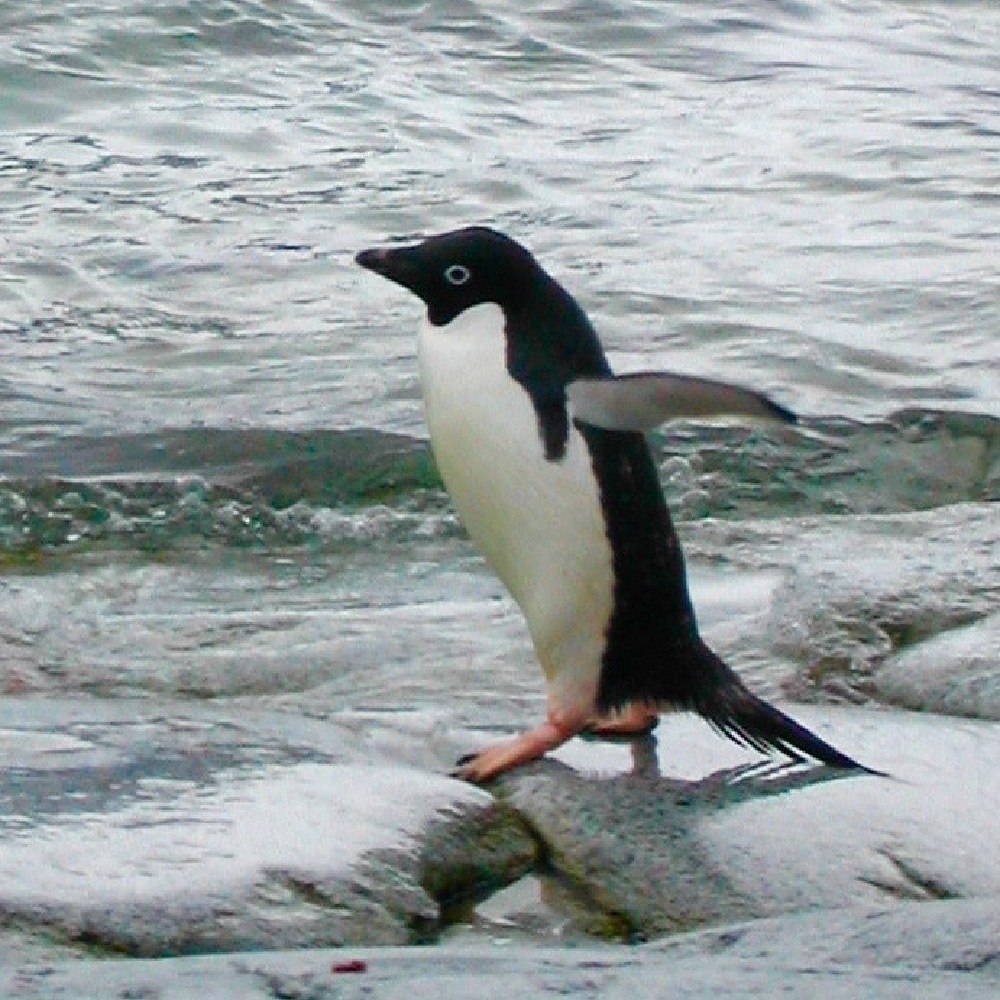
Adélies are romantic yet practical. They are loyal to their mates, but don't necessarily mate for life. They are, in fact, more loyal to their nest sites, meaning that if an Adélie's partner doesn't step up, she'll choose a new one.
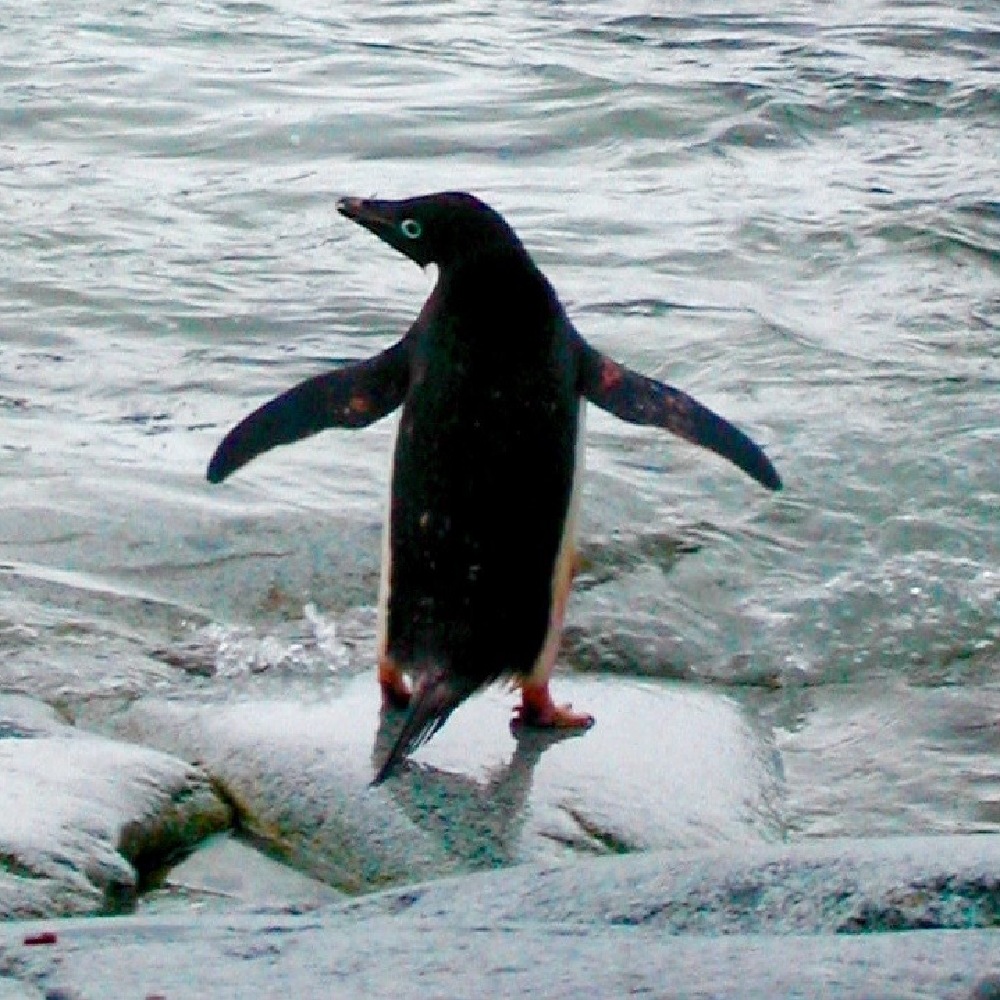
Adélies co-parent. In the penguin world, it takes two parents to raise chicks, and they are equal partners: one penguin incubates the eggs while the other forages; then the foraging penguin returns to care for the chicks and the other goes off to eat. And on and on.
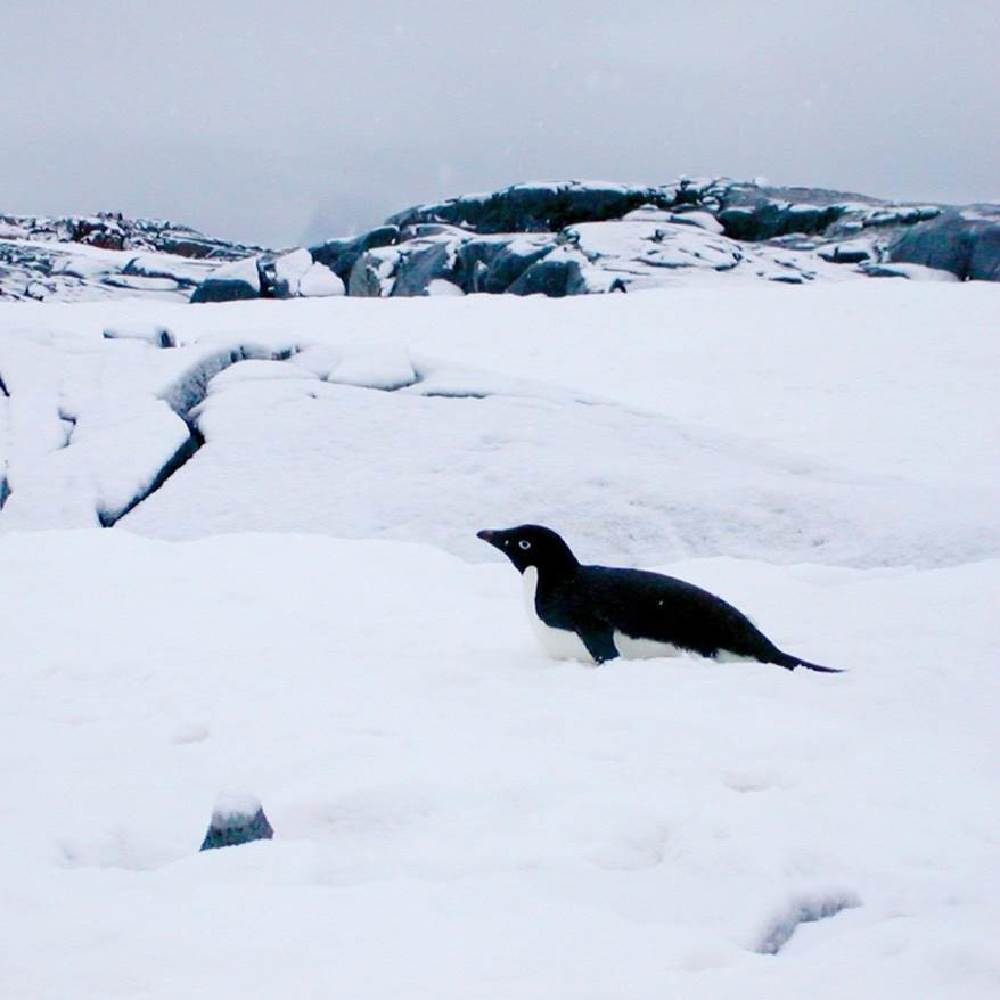
Adélies are survivors. As climate change threatens their survival, Adélies are working hard to adapt, which often means traveling farther for food and losing chicks to unpredictable weather. Powerful and graceful swimmers, Adélies travel at sea as far as 450 kilometers from their breeding sites to eat, and when they come back to land, they waddle up to 70 kilometers to reach their nests.
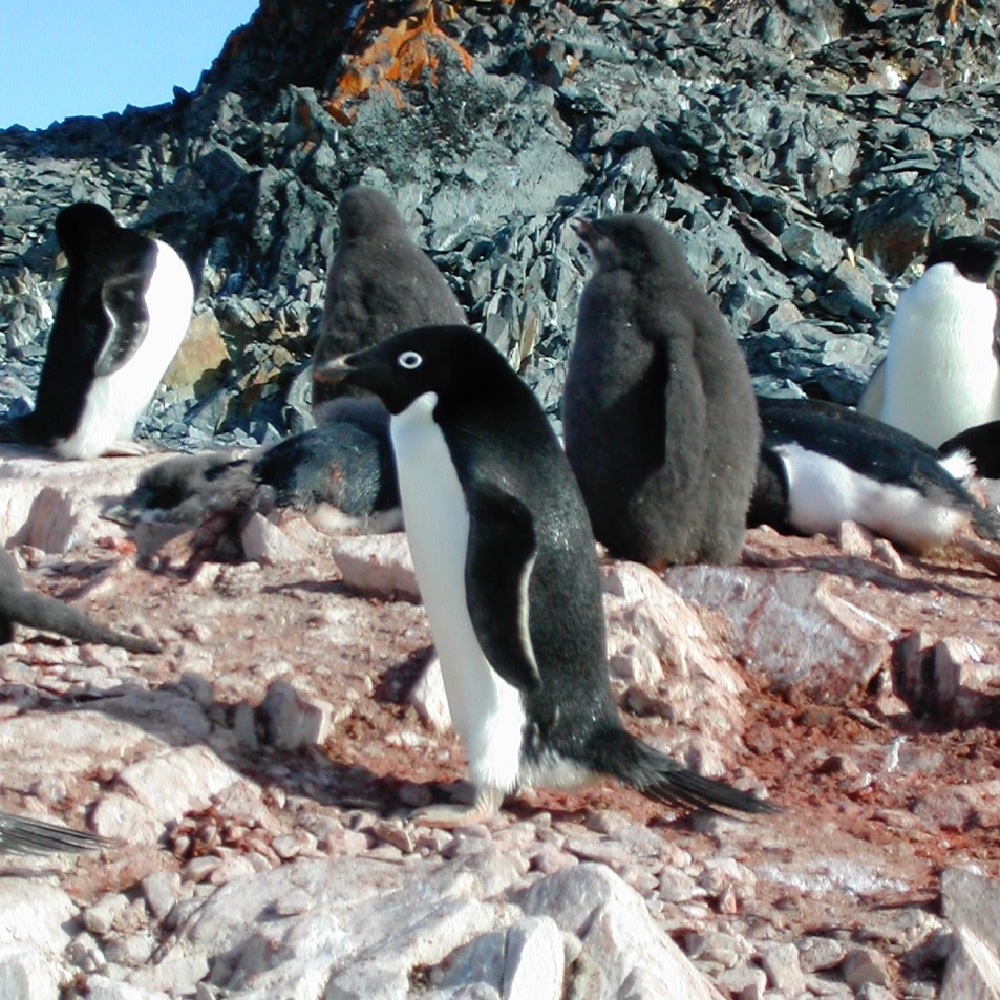
Adélies have lived in Antarctica for nearly 45,000 years, and now are listed as Near Threatened by the International Union for Conservation of Nature (IUCN). While Adélie populations have declined as much as 80 percent in some areas on the Antarctic peninsula, in other areas, where climate change isn't as drastic, they are stable or even thriving. I hope they will outsmart our changing world and continue to survive.

